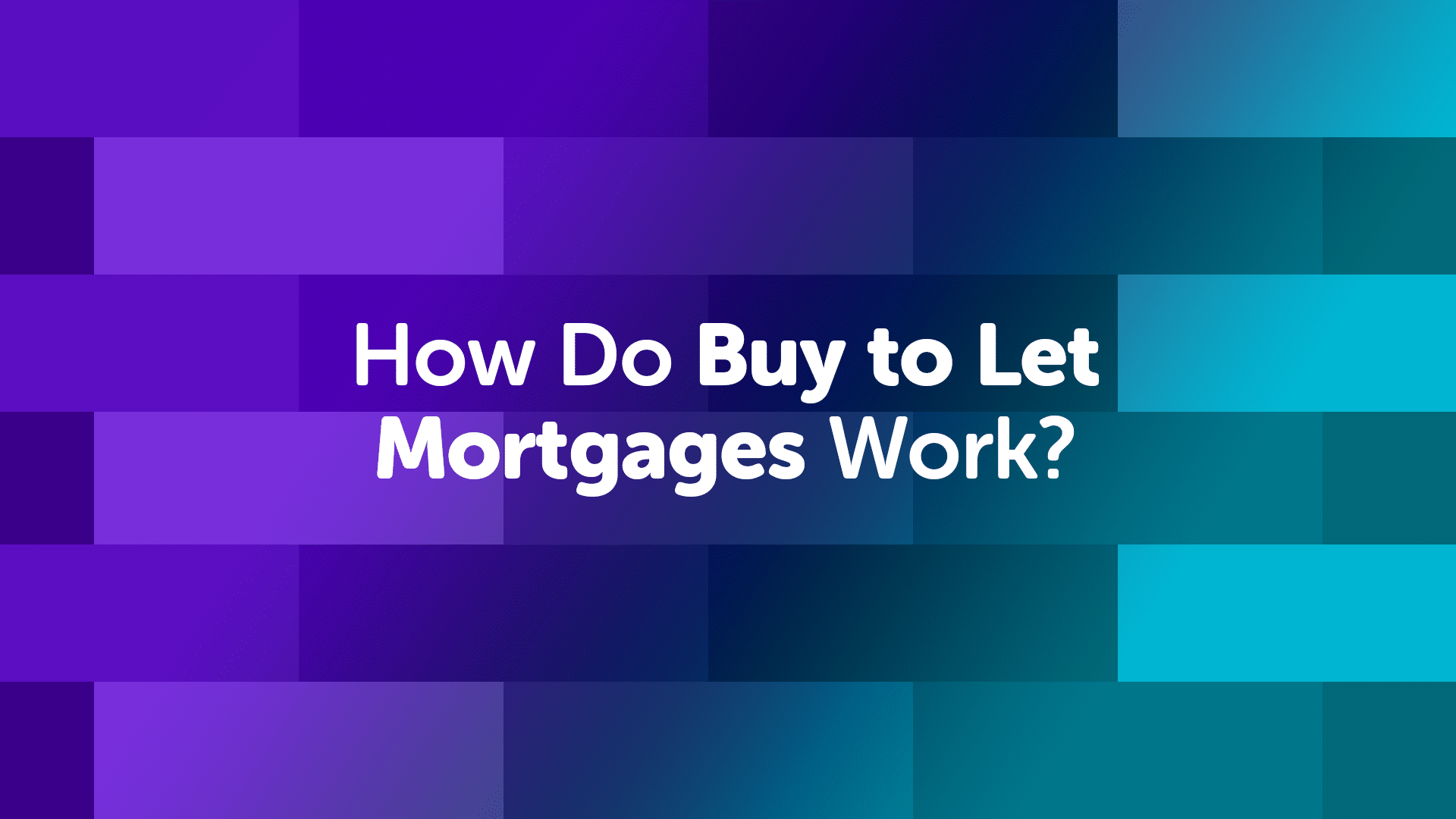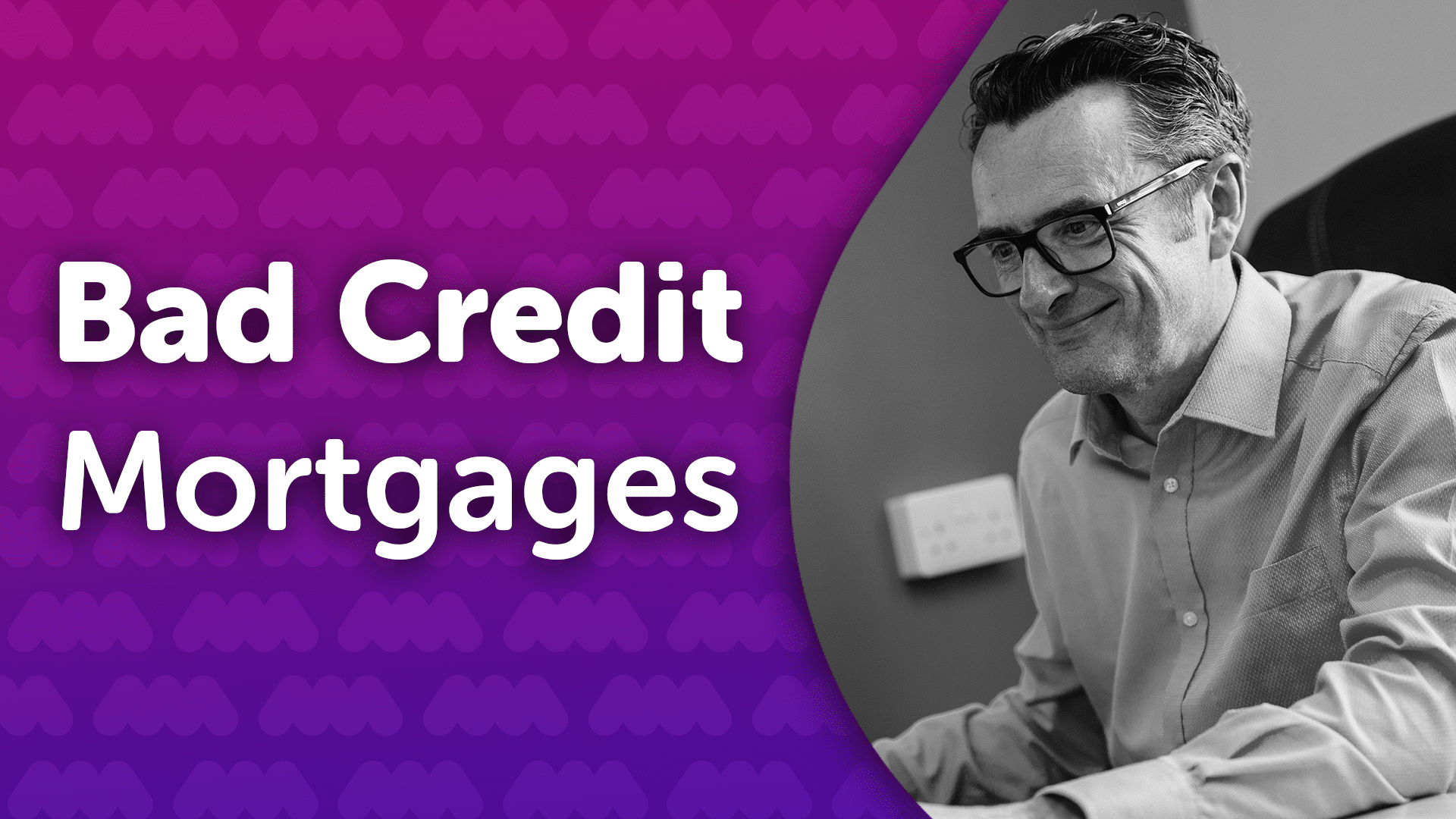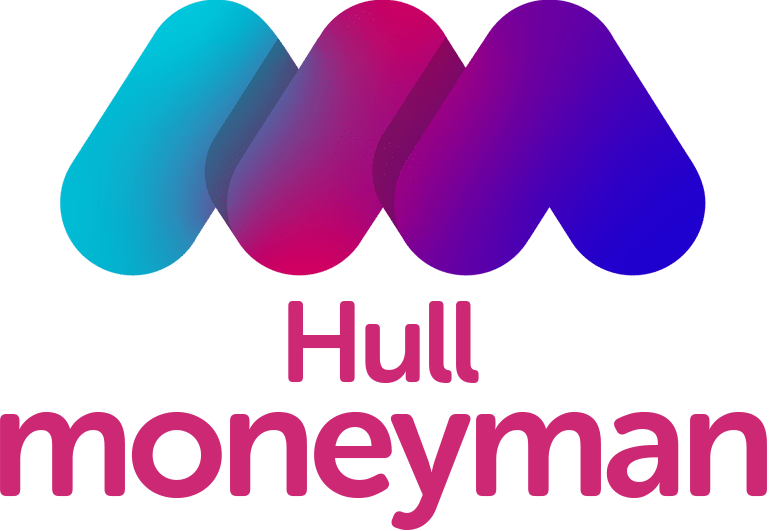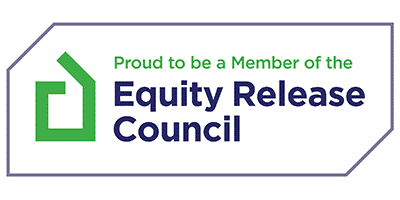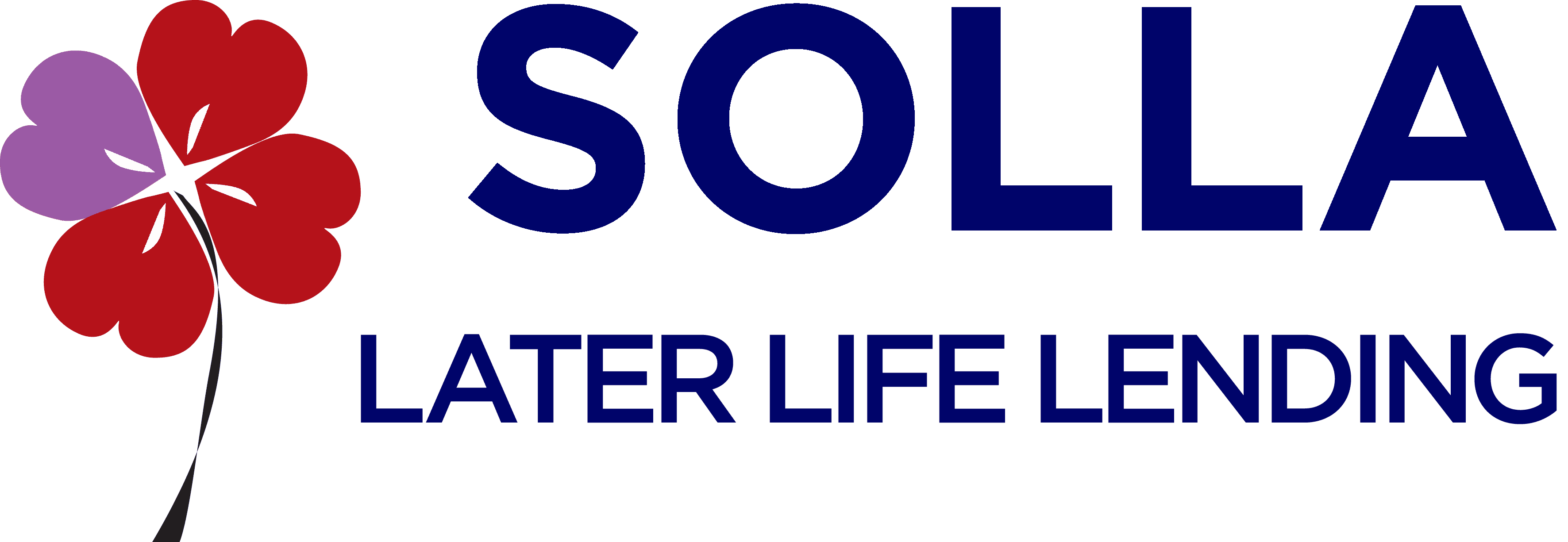Choosing the right mortgage can be a daunting task, especially with the variety of options available. As a first time buyer in Hull, it’s essential to understand the different types of mortgages to make an informed decision that suits your financial situation and future goals.
Here, we break down the key types of mortgages to help you navigate your choices.
Popular Types of Mortgages
Fixed Rate Mortgages
A fixed rate mortgage in Hull can offer stability with a consistent interest rate over a set period, usually between 2 to 5 years. This ensures that your monthly repayments remain unchanged, regardless of changes to the Bank of England base rate, allowing you to budget effectively.
Fixed-rate mortgages are ideal for those who prefer predictability in their mortgage repayments. At the end of your fixed term, you will need to seek remortgage advice in Hull. If you don’t, you will be moved to your lender’s standard variable rate (SVR), which is typically much more expensive.
Tracker Mortgages
Tracker mortgages are linked to the Bank of England base rate. This means your interest rate will fluctuate in line with any changes to the base rate. While this can lead to lower payments when rates are low, it also means payments can increase if the base rate rises. Tracker mortgages can be suitable if you are comfortable with potential changes in your monthly repayments.
Discounted Variable Rate Mortgages
These mortgages offer a discount off the lender’s standard variable rate (SVR) for a set period. While initial rates can be lower, they can also vary, leading to fluctuating monthly repayments. This option can be beneficial if you anticipate stable or falling interest rates.
Other Types of Mortgages
Offset Mortgages
Offset mortgages link your savings and current accounts to your mortgage. The balances in these accounts reduce the amount of interest charged on your mortgage. For example, if you have £10,000 in savings and a £150,000 mortgage, you only pay interest on £140,000. This can significantly reduce the interest you pay over the mortgage term and help you pay off your mortgage faster.
Interest-Only Mortgages
With an interest-only mortgage in Hull, your monthly payments cover only the interest on the loan. The principal amount remains unchanged unless you make additional repayments. These mortgages require a robust repayment plan for the principal at the end of the mortgage term and are typically suited to those with investments or other means to repay the capital.
Joint Mortgages
When you buy a property with another person, such as a partner, friend, or family member, you’ll take out a joint mortgage. Both parties will be named on the mortgage, making them jointly responsible for making payments.
Book Your Free Mortgage Appointment
Our team of mortgage advisors in Hull are here to help you find the right mortgage tailored to your needs. Whether you’re a first-time buyer, looking to remortgage, or exploring buy to let options, we provide expert advice and tailored support throughout your mortgage journey. Contact us today to book a free mortgage appointment and start your journey towards securing a suitable mortgage deal.
Date Last Edited: 07/08/2024


